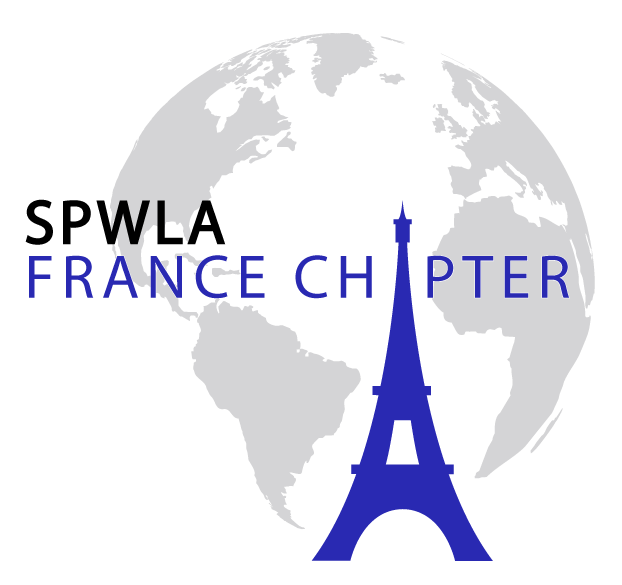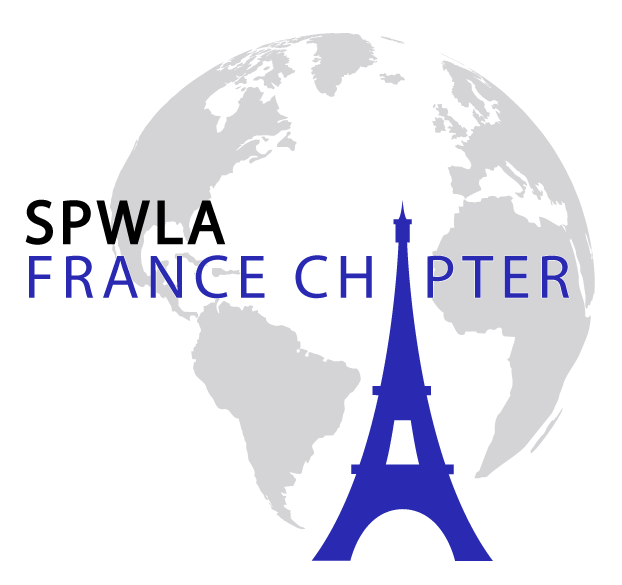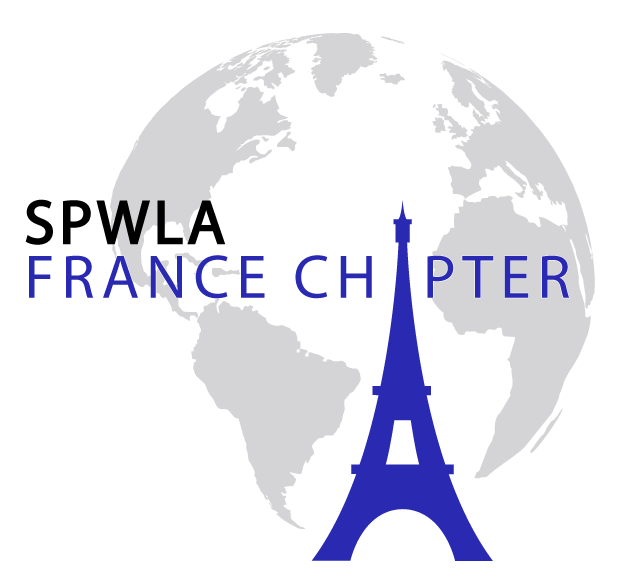10 May 2016 – BOREHOLE GEOLOGY IMAGING / IMAGERIE DE PAROI DE PUITS ( 1/2 day technical session with 6 presentations)
La session technique de la S.A.I.D. sur le thème : IMAGERIE DE PAROI DE PUITS a eu lieu le Mardi 10 mai 2016 de 14h15 à 18h30 à
l’ auditorium Le Palatin – Office Schlumberger – 1, cours du Triangle, 92936 La Défense Cedex
The S.A.I.D. technical session with subject : BOREHOLE GEOLOGY IMAGING has taken place on Tuesday May 10, 2016 from 2:15pm to 6:30pm in the Auditorium Le Palatin – Office Schlumberger – 1, cours du Triangle, 92936 Paris-La Défense
It has been dedicated to Arnaud Etchecopar, the brain behind our borehole geology interpretation and methodologies
PROGRAM
14 :15 – 14 :20 Introduction & HSE par Jacques Delalex, Président de la S.A.I.D
14 :20 – 14 :30 Hommage à Arnaud Etchecopar par Isabelle Le Nir, Schlumberger Interpretation Engineering Manager
Technical Session I : Logging Tool and Physics
1 – 14:30 – 15:00 Optical and Acoustic imaging
Muriel Lajarthe, Manager , SEMM Logging
2 – 15:00 – 15:30 OBM properties and electrical imaging physics in OBM environment
Tianhua Zhang, Interpretation Engineer, Schlumberger
Technical Session II : BHI Logging Case Studies And Global Picture
3 – 15:30 – 16:00 Shale distribution patterns on borehole image derived from Thomas & Stieber-like approach
Erika Deviese, J.P. Leduc, TOTAL
16:00 – 16:30 Coffee break, Q&A offline
4 – 16:30 – 17:00 Borehole Failure Mechanism Analysis from Oil-Based Mud Images: A Case Study from West of Shetland, North Sea
Shiduo Yang, Borehole Geologist, Schlumberger
5 – 17:00 – 17:30 Borehole imaging logs for turbiditic facies identification
Claire Blettner, J.B. Joubert, TOTAL
6 – 17:30 – 18:00 Geology imaging interpretation workflow and global picture
Peter Schlicht, WLH Geology Advisor, Schlumberger
Read more ( abstracts ) :
Abstracts
1 – 14:30 – 15:00 Optical and Acoustic imaging
Muriel Lajarthe, Manager , SEMM Logging
Si l’on connaît bien les méthodes d’imagerie de puits électriques et acoustiques à travers des outils comme l’EMI, le FMI, l’OBMI, l’UBI, le CBIL, le CAST etc…, on connaît en revanche moins bien les outils slimhole d’imagerie acoustique HR de type ABI et d’imagerie optique HR de type OBI. Ces outils permettent d’obtenir des images continues, déroulées, et orientées des parois des forages avec une résolution inférieure au millimètre. La qualité des images obtenue permet le pointé de la stratification, des veines et filons ainsi que des fractures avec une grande précision. Dans un monde où la réduction des coûts passe par une réduction des diamètres des forages d’exploration, les outils d’imagerie slimhole optique HR et acoustique HR deviennent des alternatives intéressantes aux outils d’imagerie de puits classiques
15:00 – 15:30 OBM properties and electrical imaging physics in OBM environment
Tianhua Zhang, Interpretation Engineer, Schlumberger
Electrical imaging is highly used in reservoir geology to identify reservoir environment as well as fluid type. With the popularity usage of Oil Based Mud, it poses challenge in electrical image logging. In this presentation an Electrical Resistor Model is introduced as a mathematical technique to analyze OBM electrical imaging response qualitatively. We first review the lab properties of OBM, basic electromagnetics theory relating to electrical imaging in OBM. Then introduce two main logging physics that currently widely used. In the end introduce a third OBM imaging physics that is newly available as a commercial service and its lab response study
15:30 – 16:00 Shale distribution patterns on borehole image derived from Thomas & Stieber-like approach
Erika Deviese, J.P. Leduc, TOTAL
In a context of heavy oil field development, a project will be presented to correlate the shale fraction with permittivity measurements in order to adapt the geological model to downhole electrical heating production processes. In order to understand how the formation behaves while heating, permittivity measurements were done on plugs. Image and conventional log interpretation is the link between geological model and plugs measurements. Upscaling issues were solved thanks to a Thomas & Stieber derived approach to quantify dispersed versus laminated shale fractions while shale 2D/3D distribution was assessed using FMI images. Clay volume image was generated with respect to plug scale to characterize the relations between clay distribution and permittivity measurements. Finally, texture analysis of the clay volume image was performed to identify clay distribution patterns along the well.
16:30 – 17:00 Borehole Failure Mechanism Analysis from Oil-Based Mud Images: A Case Study from West of Shetland, North Sea
Shiduo Yang, Borehole Geologist, Schlumberger
Borehole failure mechanism analysis provides valuable information for wellbore stability and formation damage protection and challenging to identify in OBM. One case study including one horizontal well and two near vertical wells from west of Shetlands, North Sea is presented to demonstrate the borehole failure identification in OBM with a new photorealistic micro-electrical imager. The new high-definition OBM micro-electrical images enable confident identification and quantification of borehole tensile or shear failures and provide direct evidence for single well geomechanical earth model calibration.
17:00 – 17:30 Borehole imaging logs for turbiditic facies identification
Claire Blettner, J.B. Joubert, TOTAL
In deep offshore exploration, the need for reservoir improved knowledge is enhanced by various considerations. Since the beginning of the African deep offshore exploration in the nineties, we have been involved in intense coring acquisition programs dedicated to, at least, twenty turbiditic oilfields. Coring remains the best reservoir calibration procedure. However, borehole imaging logs have shown since 20 years tremendous improvements. This assumption is emphasized when core facies calibration is available in the same borehole. The interpretation of borehole image is strongly influenced by the initial data recording. It requires a tight quality control, and a cross validation by log specialists and sedimentologists. High resolution borehole images, coupled with conventional logs, provide an Image Sedimentary Facies close to the geological facies. That can be integrated in the sedimentary model. Each sedimentary body will be seen allotting petrophysic properties in the reservoir model.



Sorry, the comment form is closed at this time.